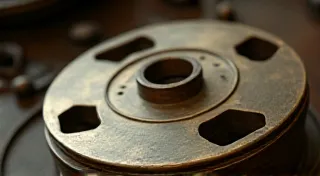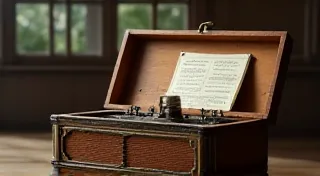Understanding Music Box Jargon: A Glossary of Terms
Restoring vintage musical boxes can feel like entering a whole new world – a world filled with unique terminology. Whether you're a seasoned restorer or just beginning your journey, understanding the specific language used to describe these fascinating mechanisms is crucial. This article serves as a comprehensive glossary, demystifying the jargon and providing clear explanations to help you navigate the world of antique and vintage musical boxes.
The Core Components: Understanding the Mechanics
Before we dive into specific terms, let's establish a foundation by looking at the primary components of a musical box.
- Comb (or Cylinder): The heart of the music box. The comb is a series of precisely tuned metal teeth that vibrate when activated by a pin cylinder to produce the musical notes. In some older boxes, particularly cylinder boxes, the cylinder itself contains the pins that strike the comb.
- Cylinder (Pin Cylinder): In cylinder musical boxes, this rotating drum is covered in small pins that, as it spins, strike the teeth of the comb. The pattern of pins determines the melody.
- Pin Cylinder (Alternative to Cylinder): Refers specifically to the component that contains the pins used to activate the comb. It's essentially interchangeable with “cylinder” in some contexts.
- Comb (Alternative to Comb): Sometimes used as a general term for the entire mechanism that produces the music, encompassing both the teeth and supporting structure.
- Motion Work: The intricate system of gears, levers, and cams that drives the cylinder or comb, ensuring accurate and consistent movement.
- Drum (or Barrel): Often used interchangeably with "cylinder" for pin cylinder musical boxes. It houses the pins and rotates to play the music.
- Motor (or Movement): The entire mechanical assembly responsible for playing the music.
- Case: The decorative outer housing of the musical box.
- Clutch: A mechanism that engages and disengages the winding and playing actions.
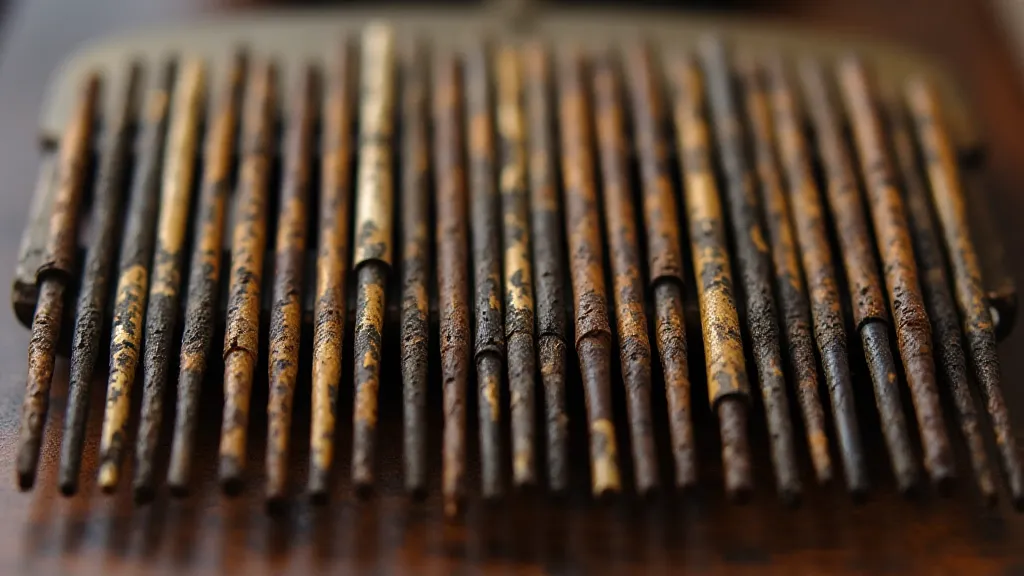
Types of Musical Boxes & Their Specialized Terminology
The type of musical box significantly influences the terminology used. Here's a breakdown for common types:
1. Cylinder Musical Boxes
- Figurines: Many cylinder boxes feature animated figures that move in sync with the music. These figures are often referred to as “figurines.”
- Novelty Boxes: Cylinder boxes often include elaborate mechanisms beyond simple musical playback, featuring moving animals, spinning dancers, or other theatrical displays.
- Transfer Printing: A decorative technique used on some cases where images are transferred onto the surface.
- Long Play (LP) Boxes: These later cylinder boxes can play significantly longer pieces of music compared to earlier models.
2. Disc Musical Boxes
- Disc: A flat metal or wooden disc with raised pins arranged in a spiral pattern that activates the comb.
- Spindle: The central shaft on which the disc sits and rotates.
- Disc Box: A musical box that uses a disc instead of a cylinder.
- Double-Disc Boxes: Models designed to accommodate two discs, allowing for twice the music.
- Changeover Mechanism: In more complex disc boxes, this mechanism allows for different playback speeds or musical arrangements.
3. Other Variations & Less Common Types
- Swiss Musical Boxes: Historically, Switzerland was the leading manufacturer of high-quality musical boxes. "Swiss" often denotes a superior level of craftsmanship.
- Bohemian Musical Boxes: Originating from Bohemia (now part of the Czech Republic), these boxes often feature intricate enamel decorations.
- Automata: While not all musical boxes are automata, many incorporate automated movements beyond music playback.
Condition & Restoration Specific Terms
Restoring these treasures requires understanding terms related to their condition and the restoration process.
- Oxidation: The chemical reaction of metal with oxygen, resulting in rust or tarnish. Common on combs and cylinders.
- Tarnish: A surface discoloration on metal, often caused by oxidation. Can be removed with appropriate cleaning techniques.
- Verdigris: A greenish-blue corrosion product that forms on copper and bronze alloys. A more severe form of oxidation.
- Pin Distortion: Bending or damage to the pins on a cylinder, affecting the musical accuracy.
- Comb Straightening: The careful process of correcting bent or damaged teeth on the comb to restore accurate pitch.
- Rewelting: The process of replacing deteriorated felt pads that cushion and dampen the movement.
- Repinning: A complex and painstaking process of replacing damaged or missing pins on the cylinder. Requires extreme precision.
- Case Refinishing: Restoring the original finish of the case, which may involve cleaning, polishing, or re-gilding.
- Movement Cleaning: Disassembling and cleaning the internal mechanical components of the movement.
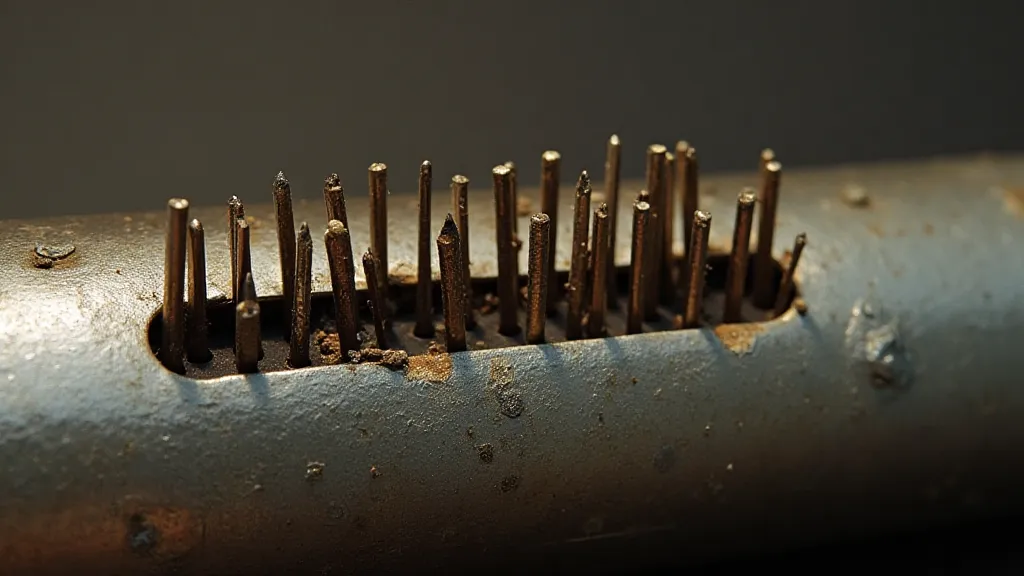
Descriptive Terms & Quality Indicators
When describing and evaluating musical boxes, certain terms are commonly used:
- Grande Sonorité: A French term indicating a box with a particularly rich and resonant sound.
- Intricately Inlaid: Refers to cases decorated with complex patterns created by inserting materials like mother-of-pearl or metal.
- Exemplary Condition: Indicates a box with minimal wear and tear, often original and untouched.
- Working Order: Means the musical box is functioning correctly, playing the music as intended.
- Original: Signifies that the box is in its original condition, with no replacement parts.
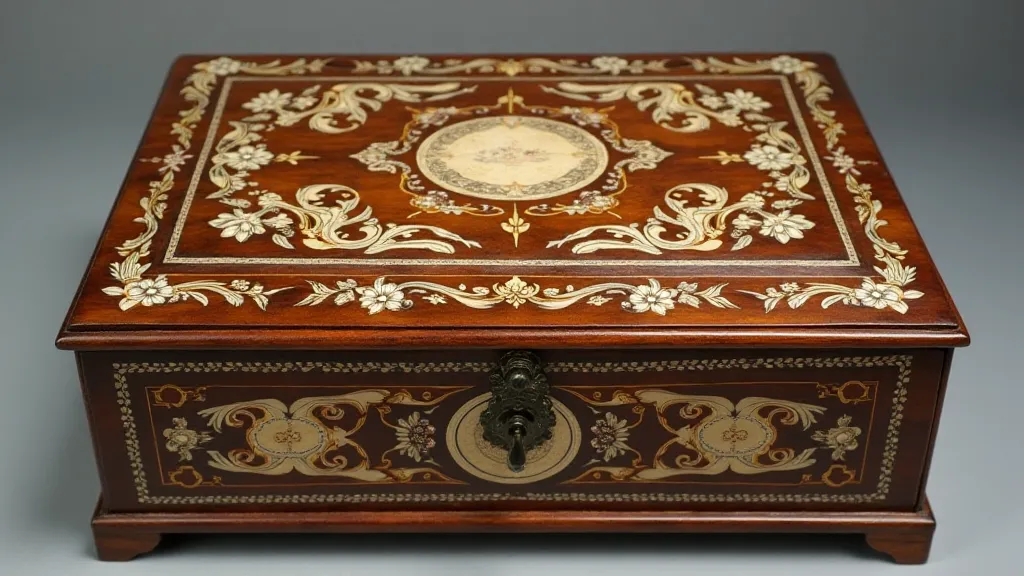
Conclusion
Navigating the world of vintage musical boxes can be daunting, but understanding this specialized language makes the journey much more rewarding. This glossary serves as a starting point for your exploration. As you continue to restore and appreciate these remarkable creations, your vocabulary will expand, deepening your connection to their history and craftsmanship. Remember to research specific models and manufacturers, as their terminology may have unique nuances. Happy restoring!
